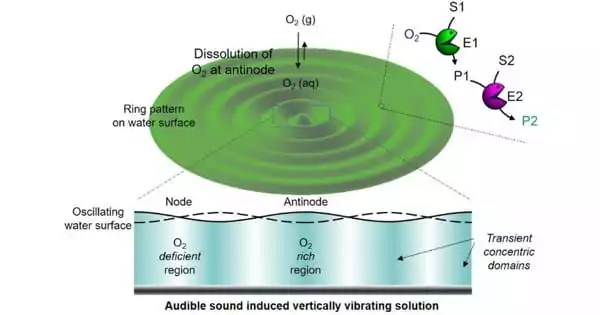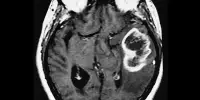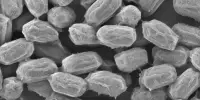Unconventional compartmentalization caused by audible sound allows the enzyme processes to be controlled spatiotemporally. The presence of multiple chemical domains in which various chemical cascade reaction networks operate with spatiotemporal control is one of the fundamental principles of operation in biological systems, notably in eukaryotic cells. Cells have acquired systems for precise detection of biochemical positioning information and for regulating the cascade processes in which they are involved. Intracellular gradients of biomolecules result from the spatial separation of opposing reactions in biochemical reaction cycles. These gradients give location cues for crucial transiently active cellular activities.
In research that imitate natural systems such as cells and organelles, spatial-temporal management of multistep enzyme processes by compartmentalization is critical. Until far, scientists have physically separated the individual enzymes in compartments that operate as ‘artificial organelles’ using liposomes, vesicles, or polymersomes. However, a team led by Director KIM Kimoon at the Institute for Basic Science’s Center for Self-assembly and Complexity in Pohang, South Korea, has successfully demonstrated the same spatiotemporal regulation of chemical reactions using only audible sound, which is completely different from the previous methods mentioned above.
Sound is commonly employed in physics, materials science, and other sciences, but it is rarely used in chemistry. Because of its low energy, audible sound (in the range of 20-20,000 Hz) has not been exploited in chemical processes thus far. However, in 2020, the same IBS group successfully demonstrated the spatiotemporal modulation of chemical reactions through a selective dissolution of air gases via standing waves generated by audible sound for the first time.
This novel approach based on audible sound will provide a completely novel and dependable mechanism for controlling chemical processes within predictable but transiently produced pseudo-compartments within a solution.
Director Kim
Later, they closely monitored the movement of the solution caused by the audible sound and discovered that the solution was separated and not mixed together as a result of the wave’s node region, as if the distinct layers were blocked by an unseen wall. This temporary domain of the solution generated by audible sound was dubbed “pseudo-compartmentalization,” and it was utilized to manage enzyme-based cascade reaction networks in a solution. The flow of fluid caused in a container vibrating up and down by audible sound does not mix with each other around the node of the wave in this phenomena, and as a result, the solution becomes organically compartmentalized.
The group was prompted by this new discovery to try spatiotemporal modulation of multistep enzyme operations. Normally, this requires artificial compartments to be constructed using lipids or polymers, but Kim’s group demonstrated that this may be accomplished using simply audible sound. They devised a brilliant mechanism to accomplish this by capitalizing on the fact that oxygen in the air is dissolved exclusively in the antinode region of the vibrating solution.

Kim’s Group tested this system using a multistep enzyme reaction including glucose oxidase (GOx) and horseradish peroxidase (HRP). The enzyme GOx catalyzes the oxidation of glucose and creates hydrogen peroxide in the first step. The enzyme HRP then uses this peroxide to power the second phase, which includes the oxidation of colorless ABTS dye into cyan-colored ABTS radical. If the cyan hue appeared in specified portions of the solution, the researchers would know their system was working well.
The authors were able to clearly detect cyan-colored concentric ring patterns, confirming that they were able to control the GOx-HRP cascade reaction using only audio sound. The scientists also demonstrated that this technology may be expanded to manage the redox-driven in situ growth or pH-responsive self-assembly of nanoparticles within the solution’s spatiotemporal domains. Furthermore, the authors demonstrated the creation of nanoparticle patterned hydrogels that included self-assembled particles only in specific locations. These gels can be employed in cell growth platforms that are region-specific.
An external physical stimulus, such as light energy, that can be applied locally and controlled remotely, has proven to be a useful tool for controlling the spatiotemporal assembly of organic molecules and nanoparticles within a matrix where chemical gradients are generally controlled by diffusion rather than convection.
“This novel approach based on audible sound will provide a completely novel and dependable mechanism for controlling chemical processes within predictable but transiently produced pseudo-compartments within a solution,” Director Kim adds.
















